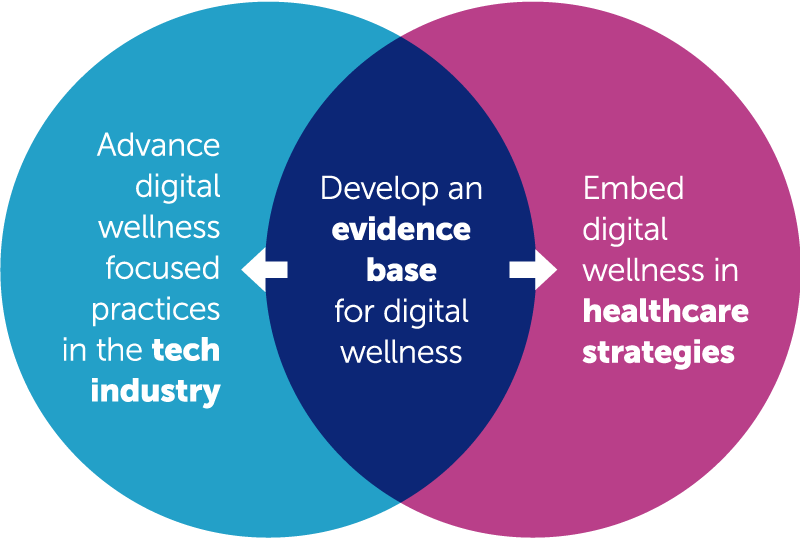Life Science: Complete Guide to Understanding Biology and Living Systems
What’s life science?
Life science encompass the scientific study of living organisms and life processes. This broad field examine everything from microscopic bacteria to complex ecosystems, seek to understand how life functions, evolves, and interact with the environment. Scientists in this discipline investigate the fundamental principles that govern all live things, from the molecular level to entire populations.

Source: slideplayer.com
The term” life science ” erve as an umbrella for numerous specialized fields that focus on different aspects of living systems. These disciplines work unitedly to build a comprehensive understanding of life on earth, contribute to medical breakthroughs, environmental conservation, and technological innovations that benefit society.
Major branches of life science
Biology: the foundation
Biology form the cornerstone of life science, study the structure, function, growth, and evolution of live organisms. This field divide into several specialized areas, each focus on specific aspects of life. Cell biology examine the basic units of life, while genetics explore how traits pass from one generation to the next.
Molecular biology delve into the chemical processes within cells, investigate DNA, RNA, and proteins that control cellular functions. Developmental biology studies how organisms grow and develop from single cells into complex multicellular structures. These interconnect fields provide the foundation for understand life at its virtually fundamental level.
Ecology and environmental science
Ecology study the relationships between organisms and their environment, examine how live things interact with each other and their surroundings. This field investigates population dynamics, community structures, and ecosystem functions. Environmental science combine ecological principles with chemistry, physics, and geology to address environmental challenges.
Conservation biology apply ecological knowledge to protect endangered species and preserve biodiversity. Marine biology focus specifically on ocean life, while terrestrial ecology examine land base ecosystems. These fields have become progressively important as scientists work to understand and mitigate human impacts on natural systems.
Microbiology and infectious disease
Microbiology studies microscopic organisms, include bacteria, viruses, fungi, and parasites. This field has revolutionized medicine by identify disease cause microorganisms and develop treatments. Microbiologists investigate how pathogens spread, evolve, and interact with host organisms.
Immunology examine how organisms defend against infections and foreign substances. This knowledge has lead to vaccine development, organ transplantation techniques, and treatments for autoimmune diseases. Virology specifically studies viruses, contribute to our understanding of viral infections and pandemic prevention.
Applications in medicine and healthcare
Biomedical research
Life science drive medical advancement through biomedical research that investigate disease mechanisms and develop new treatments. Pharmacology studies how drugs interact with living systems, lead to safer and more effective medications. Toxicology examine how harmful substances affect organisms, inform safety regulations and treatment protocols.
Pathology investigate disease processes, help doctors diagnose and treat various conditions. Epidemiology studies disease patterns in populations, track outbreaks and identify risk factors. These fields work unitedly to improve human health and extend life expectancy.
Biotechnology and medical innovation
Biotechnology apply life science principles to develop products and technologies that improve human life. Gene therapy use genetic engineering to treat inherit disorders, while regenerative medicine explore how to repair or replace damage tissues and organs.
Pharmaceutical companies rely on life science research to develop new drugs and treatments. Clinical trials test these innovations in human subjects, ensure safety and effectiveness before widespread use. Personalized medicine use genetic information to tailor treatments to individual patients, improve outcomes and reduce side effects.
Agricultural and food science applications
Crop science and plant biology
Plant biology studies how plants grow, reproduce, and respond to environmental conditions. This knowledge help agricultural scientists develop crops that resist diseases, tolerate harsh weather, and produce higher yields. Plant breeding combine traditional techniques with modern genetic tools to create improved varieties.

Source: slideplayer.com
Soil science examine the complex ecosystem beneath our feet, investigate how nutrients cycle through soil and support plant growth. Entomology studies insects, include both agricultural pests and beneficial species like pollinators. These fields work unitedly to ensure food security for grow populations.
Food safety and nutrition
Food science apply life science principles to ensure safe, nutritious food supplies. Microbiologists study foodborne pathogens and develop preservation methods that prevent contamination. Nutritional science investigate how different foods affect human health, inform dietary guidelines and public health policies.
Food technology use biological processes to create new products and improve exist ones. Fermentation science harnesses microorganisms to produce foods like bread, cheese, and yogurt. These applications demonstrate how life science instantly impact daily life through the food we eat.
Environmental conservation and sustainability
Biodiversity protection
Life science play a crucial role in protect earth’s biodiversity. Conservation biologists study endanger species and develop strategies to prevent extinctions. Wildlife biology examine animal behavior, population dynamics, and habitat requirements, inform conservation efforts.
Restoration ecology focus on repair damage ecosystems, use scientific principles to guide habitat restoration projects. Landscape ecology studies how spatial patterns affect ecological processes, help planners design sustainable land use strategies.
Climate change research
Life scientists investigate how climate change affect living organisms and ecosystems. They study species migrations, change growth patterns, and ecosystem disruptions cause by rise temperatures and altered precipitation patterns. This research informs adaptation strategies and conservation priorities.
Carbon cycle research examine how live organisms absorb, store, and release carbon dioxide. Understand these processes help scientists develop strategies to mitigate climate change through natural solutions like forest conservation and sustainable agriculture.
Emerge fields and future directions
Synthetic biology
Synthetic biology represent a cutting edge field that engineer biological systems for specific purposes. Scientists design and construct new biological parts, devices, and systems, create organisms that can produce medicines, fuels, or other useful products. This field combine engineering principles with biological knowledge to create novel solutions to complex problems.
Researchers use synthetic biology to develop new antibiotics, create sustainable manufacturing processes, and eve design organisms that can clean up environmental pollution. This emerges field demonstrate how life science continue to evolve and expand its applications.
Computational biology and bioinformatics
Modern life science progressively relies on computational tools to analyze vast amounts of biological data. Bioinformatics combine computer science with biology to study genetic sequences, protein structures, and complex biological networks. Machine learning algorithms help scientists identify patterns in biological data that would be impossible to detect manually.
Systems biology take a holistic approach, study how different biological components interact to create complex behaviors. This field use mathematical models and computer simulations to understand how changes in one part of a biological system affect the whole organism.
Career opportunities in life science
Research and academia
Life science offer diverse career paths for those interested in research and discovery. University professors conduct research while teach the next generation of scientists. Government researchers work at agencies like the national institutes of health or the centers for disease control and prevention, address public health challenges.
Private research institutions and pharmaceutical companies employ life scientists to develop new products and technologies. These careers typically require advanced degrees and offer opportunities to make significant contributions to scientific knowledge.
Applied sciences and industry
Much life science careers focus on apply scientific knowledge to solve practical problems. Medical laboratory technicians analyze patient samples to diagnose diseases. Environmental consultants help companies comply with environmental regulations and minimize their ecological impact.
Quality control specialists ensure that food, pharmaceuticals, and other products meet safety standards. Science communication specialists translate complex scientific concepts for public audiences, work as science writers, museum educators, or policy advisors.
The impact of life science on society
Life science has transformed human civilization through medical breakthroughs, agricultural innovations, and environmental solutions. Vaccines haveliminatedte diseases that erstwhile kill millions of people. Antibiotics have make antecedently fatal infections treatable. Agricultural advances have increase food production to support larger populations.
Environmental applications of life science help address pollution, climate change, and biodiversity loss. Conservation efforts base on scientific research have saved numerous species from extinction. Sustainable agriculture practices reduce environmental impact while maintain productivity.
The field continue to evolve quickly, with new discoveries and technologies emerge regularly. Gene editing tools like CRISPR offer unprecedented ability to modify genetic material. Advances in stem cell research promise new treatments for degenerative diseases. These developments demonstrate the ongoing importance of life science in address humanity’s greatest challenges.
Understand life science help people make informed decisions about health, environment, and technology. As biological knowledge become progressively relevant to daily life, scientific literacy in life science become essential for active citizenship in modern society.



